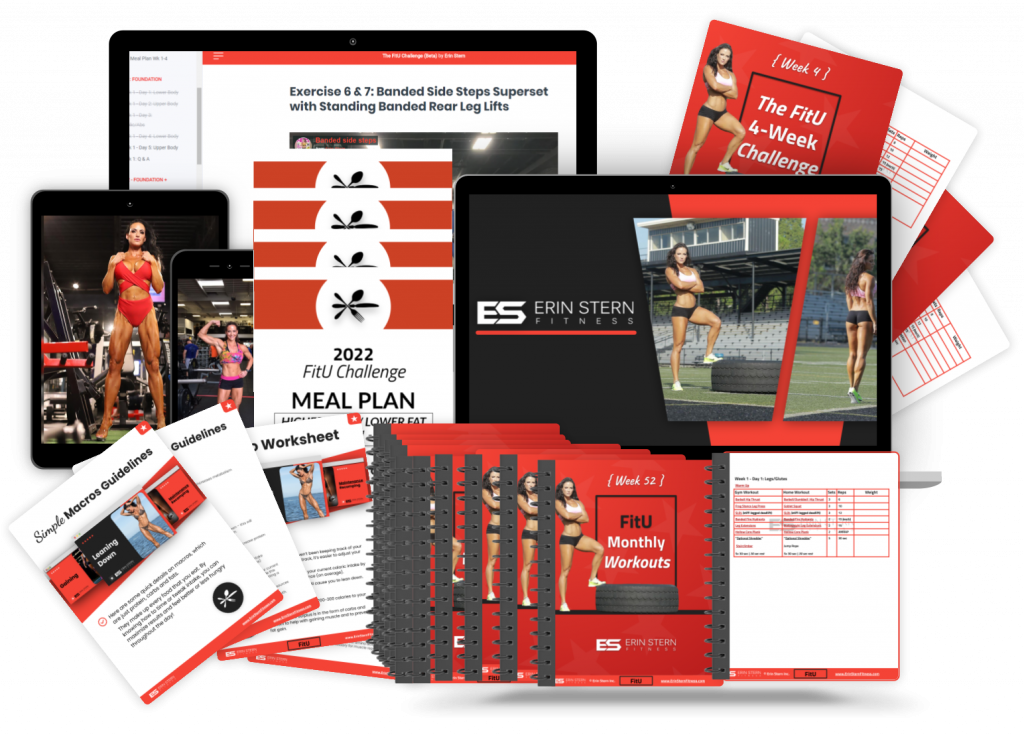When it comes to elevating your workout routine and pushing your athletic performance to new heights, plyometrics should be at the top of your list.
These explosive, high-intensity exercises are not just for professional athletes or those looking to break records; they offer a wide range of benefits that can enhance anyone’s fitness journey.
Here’s why adding plyometrics to your training routine can be a game-changer.
What Are Plyometrics?
Plyometrics are exercises that involve explosive movements designed to increase power and strength.
They typically require a rapid stretching of the muscles (eccentric phase) followed by a quick contraction (concentric phase).
Common plyometric exercises include:
- jump squats
- box jumps
- burpees
These movements aim to improve your fast-twitch muscle fibers and overall athletic performance.
Benefits of Plyometrics
✅ Enhanced Fast-Twitch
✅ Muscle Activation
Plyometrics are particularly effective at developing fast-twitch muscle fibers.
Unlike slow-twitch fibers, which are designed for endurance, fast-twitch fibers are responsible for explosive strength and speed.
By incorporating plyometric exercises into your routine, you train these fibers to react faster and generate more power, which can translate to improved performance in sports and daily activities.
✅ Improved Reflexes and Reaction Time
The rapid, explosive nature of plyometric exercises requires quick muscle contractions and efficient neuromuscular coordination.
This not only enhances your ability to perform explosive movements but also sharpens your reflexes and reaction time.
Whether you’re dodging an opponent in a game or responding quickly to a sudden change in your environment, plyometrics can help you react faster and with greater agility.
✅ Increased Fascial Strength and Elasticity
Your fascia, the connective tissue surrounding your muscles, plays a crucial role in movement efficiency and injury prevention.
Plyometric exercises help to strengthen and enhance the elasticity of the fascia.
When you perform these exercises, the fascia becomes more adept at storing and releasing elastic energy, which improves overall movement efficiency and reduces the risk of injuries.
✅ Better Balance and Coordination
Plyometric exercises often require you to perform movements on one leg or in unstable positions, which challenges your balance and coordination.
As you incorporate these exercises into your routine, you’ll find that your ability to maintain stability improves. This increased balance and coordination not only benefits athletic performance but also enhances overall functional movement in everyday activities.
✅ Enhanced Caloric Burn and Metabolic Rate
The high-intensity nature of plyometric exercises means they burn a significant number of calories both during and after your workout.
This is due to the intense effort required and the afterburn effect, where your body continues to burn calories post-exercise as it recovers.
By integrating plyometrics into your routine, you can boost your metabolism and support weight management goals more effectively.
✅ Time Efficiency
Plyometrics are incredibly efficient, making them a great option for those with busy schedules.
A short, high-intensity plyometric workout can provide significant benefits in less time compared to traditional exercises.
This efficiency is ideal for those looking to maximize their training results without spending hours at the gym.
Incorporating Plyometrics into Your Routine
When adding plyometrics to your training routine, it’s important to start gradually to avoid injury.
Begin with basic exercises and focus on proper form and technique. As you build strength and confidence, you can progress to more advanced movements.
Here’s a simple plyometric workout to get started:
1. Speed squat
2. Star jumps
3. Tuck jumps
4. Speed skaters
Do one set of 5 reps to begin with.
Just like weights, add reps and volume as you get stronger and faster. But stay at 10 reps or less!
Make sure to warm up properly before starting your plyometric workout and cool down afterward to aid recovery.
It’s also beneficial to incorporate plyometrics 2-3 times a week, allowing rest days in between to prevent overtraining.




























